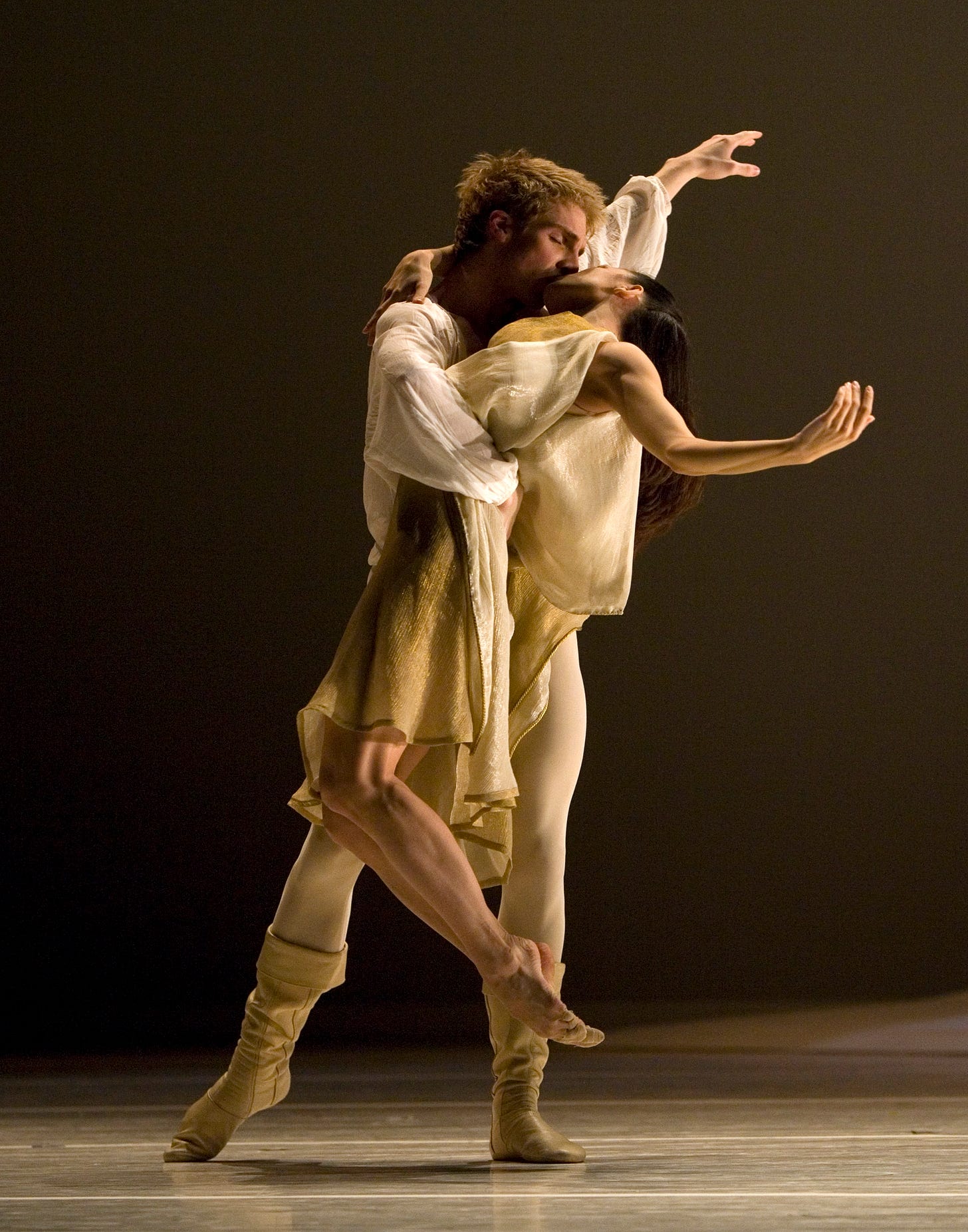Getting Old(er)
Last week I was saddened by the news of artist Ginny Ruffner’s death.
Ginny was only 72, just a year or so older than me. She defied a near-death car crash more than 30 years ago and carved out a life in Seattle as a beloved and pioneering glass artist who moved past studio art to incorporate many of the new technologies into what she created. Social media and local news outlets were filled with tributes to her art and her spirit. Rest easy and pain free, Ginny, and make ‘em laugh wherever you are.
The other night at a small dinner gathering my friends and I were hashing over one of Ginny’s great legacies, a foundation she set up to provide annual grants to what she called “Old Lady Artists.” Two of them, plus three old men artists, sat around my table talking about the acronym, and that term old lady. There aren’t that many official entities that specifically honor older women and I guess I don’t mind that Ginny and her collaborators dubbed us old ladies. Mostly American society ignores us, so it feels good to know we own a valuable place in this culture, however small.
I had a co-worker who publicly announced that all employees over the age of 50 should retire and be replaced by a younger, more diverse, workforce. There’s something to be said to diversifying our environment (hear that, White House??)
But.
As an older woman I can’t help thinking that we need to keep our jobs because, first off, Social Security benefits aren’t that great. More than that, when you ignore an entire generation, or dispose of them, what do you lose? Life experience. Wisdom. And likely a raft of intangibles I don’t have the words to express.
I write most often about dance. It’s an art form that most dancers can’t pursue vigorously past the age of 45, maybe 50, if they’re lucky. I’m thinking primarily about ballet, which chews up bodies and often spits them out before the dancers get old enough to want to move on.

This Friday, Jan. 31, my hometown company, Pacific Northwest Ballet, will present the world premiere of its new version of The Sleeping Beauty, featuring costumes by award winning designer Paul Tazewell, sets and props designed by world renowned artist Preston Singletary, a huge cast and even puppets created by Macarthur genius Basil Twist. I’m curious to see it, it should be stunning. I don’t have photos yet, so you have to buy a ticket right now. But I confess that I’m most excited to watch PNB’s most senior dancer perform the role of the Prince.
Principal dancer Lucien Postlewaite is, I believe, now PNB’s oldest company member. No, he’s not 50, or even 45. He just turned 41 this month, a spring chicken by my standards. He’s still going strong but I know his body gets tired, and each time I have a chance to watch him in a leading role I grab it because I don’t know how long Postlewaite plans to keep at this grueling stage career.
If you saw him as Romeo in Jean-Christoph Maillot’s Romeo et Juliette opposite both Carla Korbes and Noelani Pantastico as Juliet, when PNB debuted the ballet in 2008, you saw an energetic and ardent young man dancing his love. Postlewaite is still energetic and still ardent, but the years since he made that debut took him to Monte Carlo to join Maillot’s ballet company. He and Pantastico toured the world in R&J before both returned to Seattle. Both were more mature, more thoughtful, more beautiful dancers.
Postlewaite is now technically gorgeous, but more interesting is how his dramatic chops have developed. He’s nuanced, stunning and always aware of where his fellow cast members are. In mid-April PNB will reprise the ballet and I can only hope we get a chance to see Postlewaite dance Romeo again.
In the meantime I can savor his dancing as Prince Desire in The Sleeping Beauty. I have watched him in a couple of rehearsals with Leta Biasucci as his Princess Aurora. To see him dance his love for her is a true gift (she’s pretty awesome, too, by the way). At one of those rehearsals, retired dancers Korbes and Kaori Nakamura were coaching. I was truly lucky to have been in the room, but I think Postlewaite and Biasucci were also lucky to be gifted with the ballerinas’ experience and their eyes for small details that elevated the dramatic action. Their bodies are older, and their full-time dancing days may have ended, but their experience and artistic wisdom is forever.
Which in my usual meandering way brings me back to Ginny Ruffner. The world was lucky to have her for the years we did; her art, unlike that of a ballet dancer, graces museums, buildings and streets around the world, permanent reminders of her time amongst us and examples of what the human mind can imagine.
We may not have Lucien Postlewaite performing for many more years, and video and photos aside, no permanent records of his time on stage, but lucky for us, he’s still in his dancing days, at the peak of his career. For the next couple of weekends you can see him in various roles in PNB’s The Sleeping Beauty. I hope to sear those shows it into my memory bank.
If you want to know more about the world premiere production, in a moment of self-promotion, here’s a feature story I wrote about the ballet originally published by Cascade Public Media/Crosscut.



